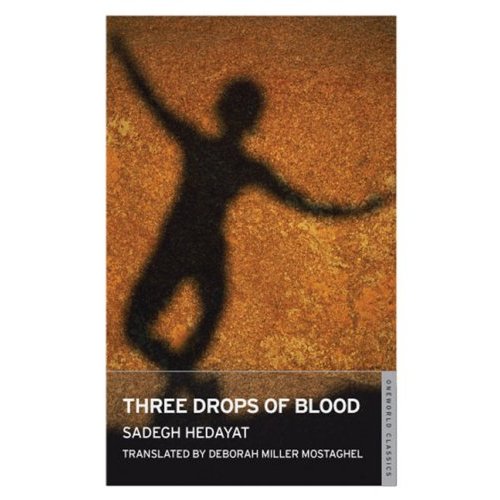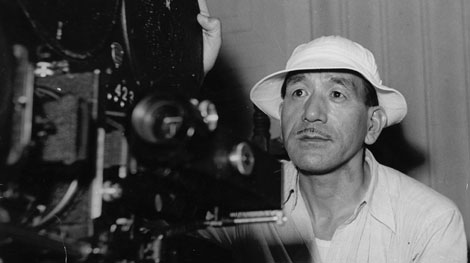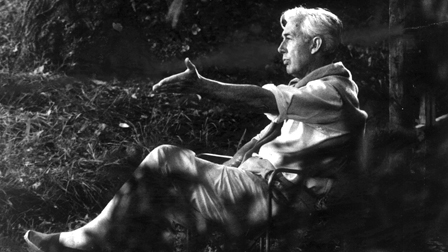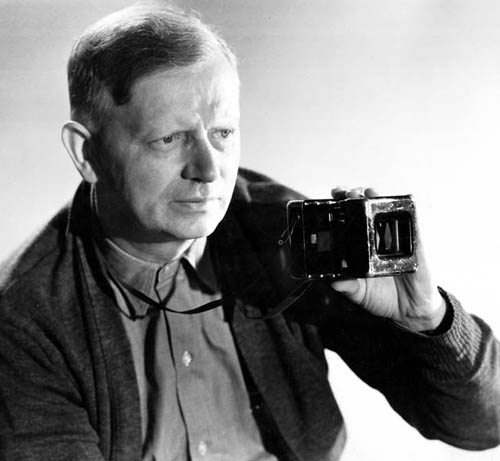
I find it curious that the great Iranian prose writer Sadeq Hedayat (1903-1951) should remind me so much of Edgar Allan Poe, because their backgrounds couldn’t be more dissimilar. Poe (1809-1849) was poor his entire life and Hedayat came from a very wealthy and privileged background; Poe lived in several American cities but never left the U.S. whereas Hedayat lived for extended periods in Belgium, France, and India as well as Iran.
Before the recent publication of Three Drops of Blood, a collection of Hedayat stories, I’d read only his novella The Blind Owl (1936), one of the most terrifying and unsettling horror stories I know, as well as a few of his other stories in French. It seems that most of his work is (or at least has been) available in French, but until the appearance of this slim anthology, The Blind Owl–freely if brilliantly adapted by Raul Ruiz in one of his craziest features, La Chouette Aveugle (1987)–has been virtually the only thing of his available in English. (12/25 postscript: Adrian Martin has just informed me that one can access many Hedayat stories in English translation, including The Blind Owl, for free here. Read more
From Sight and Sound (Autumn 1972). I like the recent second edition of this a lot more — enough to have given it a blurb that’s used in the ads, and not only because Schrader cites me in his new introduction about “slow films”. — J.R.

TRANSCENDENTAL STYLE IN FILM: Ozu, Bresson, Dreyer
By Paul Schrader
UNIVERSITY OF CALIFORNIA PRESS, $10.00



Modesty and caution are not exactly what one expects to find in a book with this title, on these three directors; but ironically, one of the chief limitations of this comparative study is that these qualities often seem to predominate over everything else. The first ‘step’ of transcendental style,for instance, is defined as follows: ‘The everyday: a, meticulous representation of the dull, banal commonplaces of everyday living’ or what [Amédée] Ayfre quotes Jean Bazaine as calling “le quotidien”.’ Not quite a double redundancy, but close enough to make one wonder why this passage and so many comparable ones suggest a critic walking on eggshells.
Although it is nowhere identified as such, Schrader’s extended essay has much of the look, shape and sound of a doctoral dissertation [2013 note: I believe that this was in fact a Masters’ thesis]. 194 footnotes are appended to 169 pages of text, and each step of the argument proceeds like a slow-motion exercise in which every inch of terrain must be defined and tested before it can be touched upon. Read more





